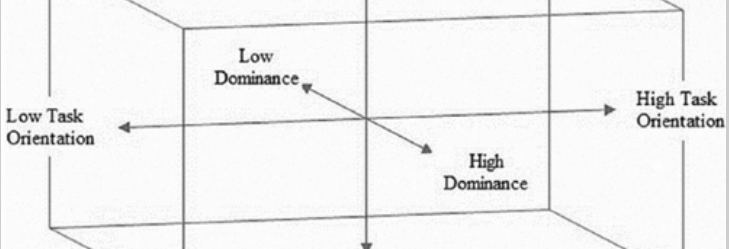Do’s and don’ts of video for learning

After the Lumière brothers invented the movies in 1895 moving images have been used to educate. Fast forward to today’s demand-AI-driven Netflixt or YouTube the largest learning platform on the planet many things have changed since Cinématographe of Lumières.
Research into the effects of moving images on learning and memory was being conducted at Harward already in 1920 and after decades of research consensus of effective educational video could be summed up as when instructors consider the cognitive load of the video, how to maximize the student engagement and promote active learning.
How do we get there?
We can fit quite a variety of different types of videos under the umbrella of learning videos and giving definitive do’s and don’ts that work always is not the point instead you can use the bullets listed below to reflect while on the process of your video-making.

- Do keep videos short (In the age of 15s TikTok videos the research says that learners drop out after 6 minutes)
- Do give learners control of video (Panopto smart chapters are an easy add-on)
- Don’t have video, audio and text on screen (this could be understood in many ways but the point is to try reduce the cognitive load)
- Don’t use background music in learning videos
- Don’t overuse talking heads (as shocking as it might sound but the evidence suggest that cognitively the face can often be noise in subjects that are semantically rich)
- Do be informal (avoid all over-formality)
- Do use first-person perspectives (when showing the manipulation of objects by hand)
- Do think about the image size (in the age of smartphones as primary viewing devices the research points that learning fosters with bigger screen size)
- Do pay attention to audio quality (research showed that video quality had “no psychological advantages” but the audio quality was critical)
- Don’t use too many fast cuts
- Do chunk video (script your videos into a more chaptered structure)
- Do closely relate the active learning to the video (provide active learning that correlates well with what is shown in the actual video)
- Do use retrieval practice between chunks (Panopto quizzes are easy to add,
use open answer rather than multiple choice type format) - Do open thoughtfully (first impressions matter..)
- Do take it slow (mind needs time to digest)
- Do summarise at the end (learning is a process, not an event)
- Do use calls to action
These do’s and don’ts were gathered from the recently published book Learning experience design by Donald Clark.
